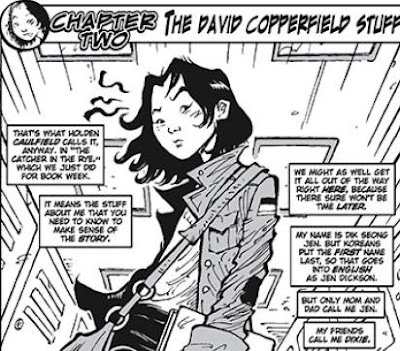- Just read it and although there was much to like in this collection, there was little to love and I must admit I am deeply disappointed in Ware's selections. Despite his the-lady-doth-protest-too-much introduction, it's clear he was checking boxes and felt obliged to include the Crumbs and Spiegelman and Panter and Hernandez and Barry, etc. This was the sort of plan he used when editing the excellent McSweeney's #13 and it worked there because it was that sort of anthology. But this is supposed to be the Best American Comics of a 12-month stretch, not an education in the best living comics artists, thank you very much. And I refuse to believe that forty years later, R. Crumb is still the best thing we have going, year in and year out.
That said, even though this years issue is edited by in-crowd certified member Lynda Barry, I'm still excited to pick it up. (Which I will next time I'm at Comic Relief as I'm pissed at BnN at the moment.)
First, I have nothing against Lynda Barry. I'm not a big fan, but I can't dismiss her with a sneer as I can, say, a Crumb. Second, she selected a Batman comic for inclusion which makes her waaay more openminded than the last two editors. (To say nothing of the guts it took to profess love for Bil Keane in her intro --- as he may well be the uncoolest guy ever.)
This is my next rant, by the way. DC refused permission to run the Batman. Why? What the heck? Their brains? Where are they?
First of all, that's a kind of cachet superhero comics always seem to begging for; why then reject it?
Second, it may bring in new readers hip to the comics thing but snooty to the major players.
Third, why deny the highbrow a sense of balance? Or humility? Or any other good thing that might have come from it?
So I'm pretty upset at DC right now. And reading this just makes me want to strangle them. Why are they trying to keep their artists in the ghetto? What are they afraid of? Another Image or something? I just don't get it. It's like they're trying to hide the fact that they publish good work.
(Speaking of, Mr Fob, do you have Batman Year 100 so I can read it? Which reminds me, I want to read the new Joker novel as well, if you got it.)
Sigh.
Anyway. Here's to hoping for great things.
In the future.



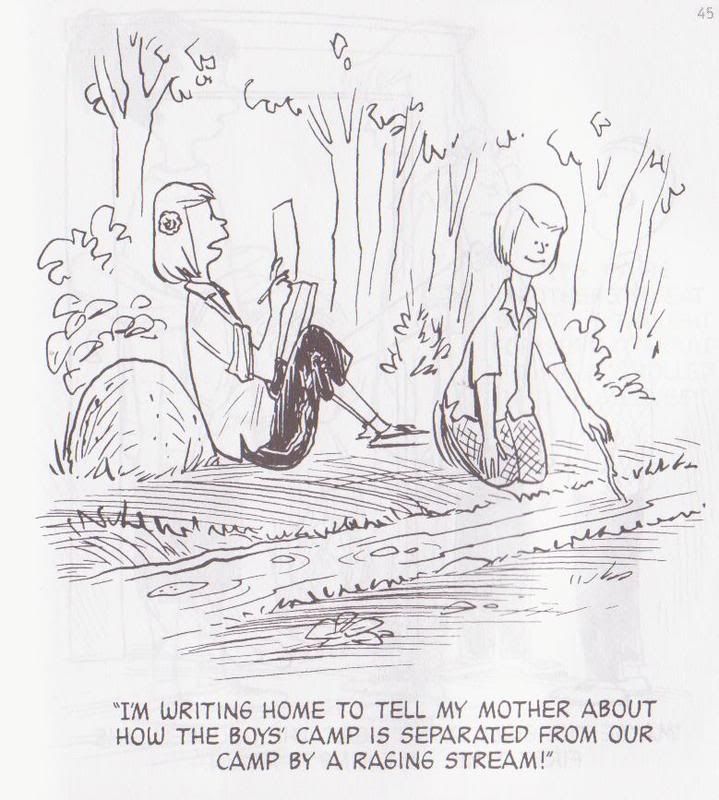
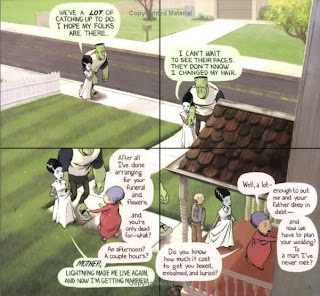

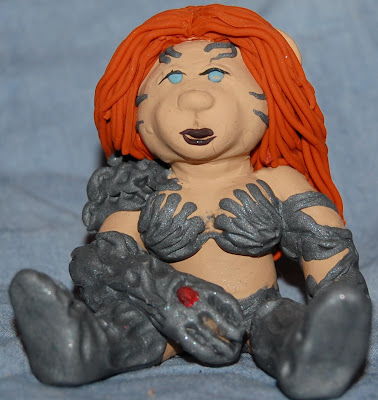

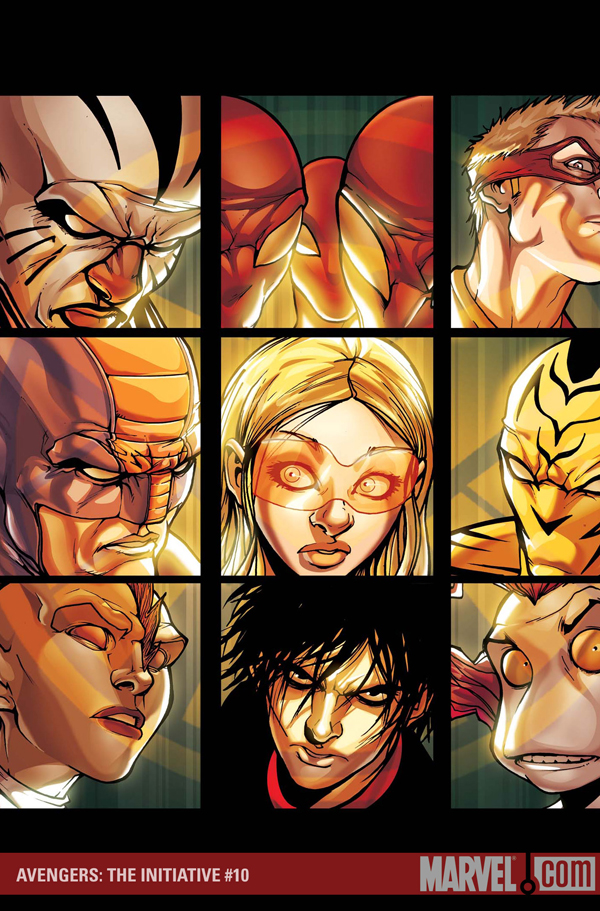



 Everything that I complained about
Everything that I complained about  So kudos to Jim Rugg whose art this is (and forgive me, but the protagonist's face is the loveliest bit of ink I've seen in some time), and kudos to Cecil Castellucci whose words are the genesis of this terrific terrific book. This gives me great hope for the Minx imprint. Also: want to read
So kudos to Jim Rugg whose art this is (and forgive me, but the protagonist's face is the loveliest bit of ink I've seen in some time), and kudos to Cecil Castellucci whose words are the genesis of this terrific terrific book. This gives me great hope for the Minx imprint. Also: want to read 